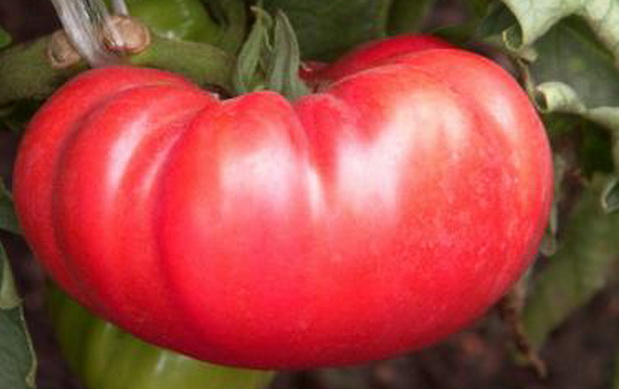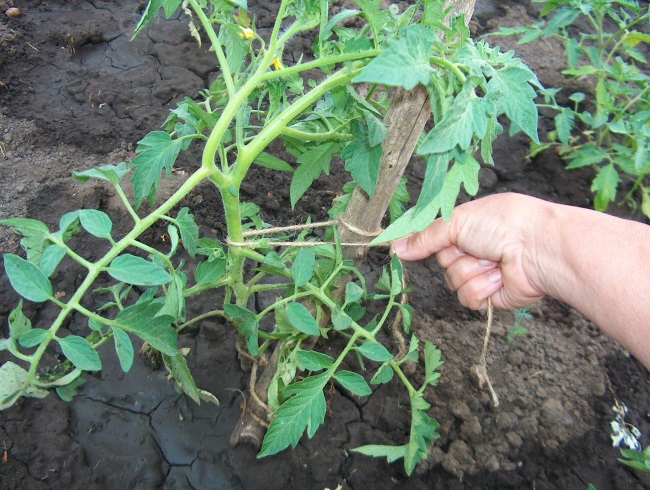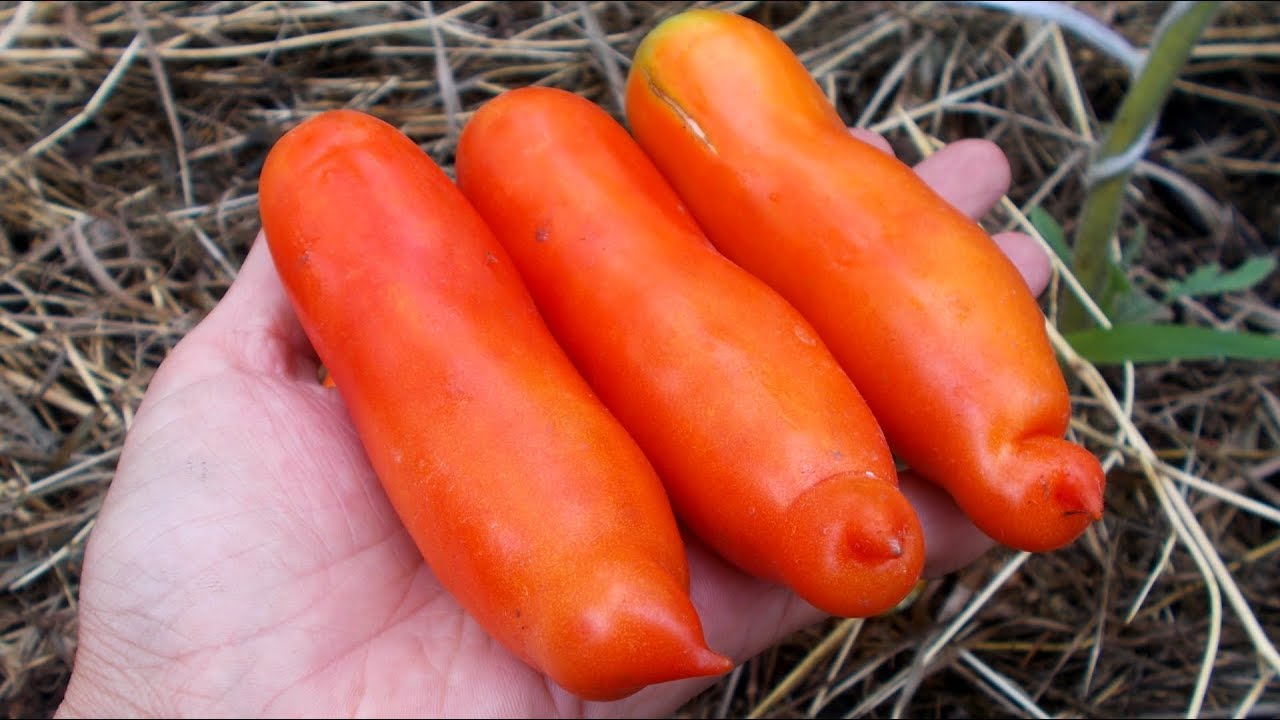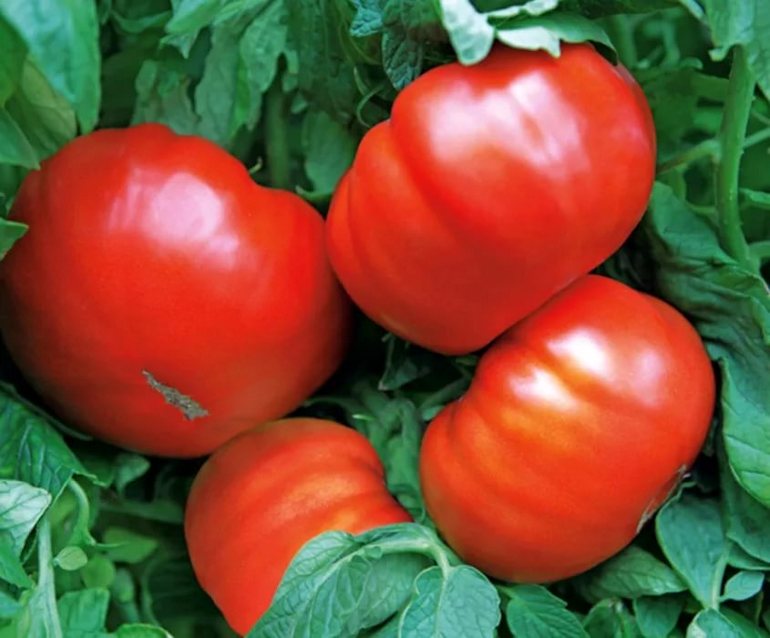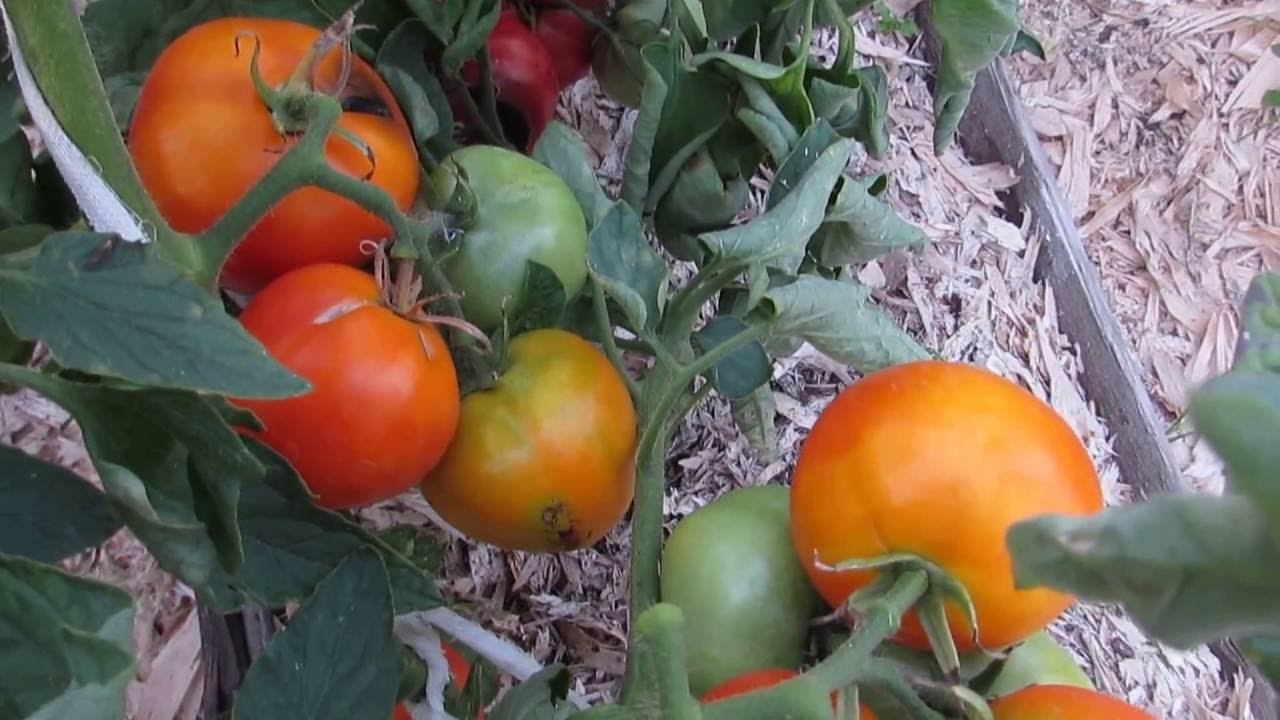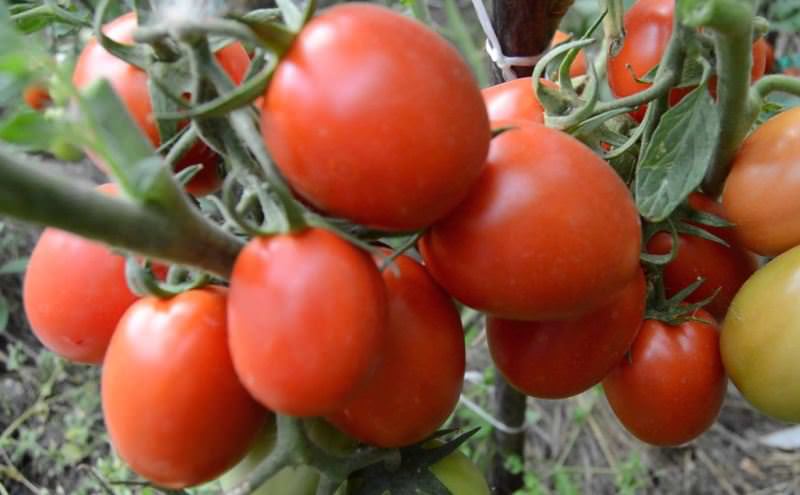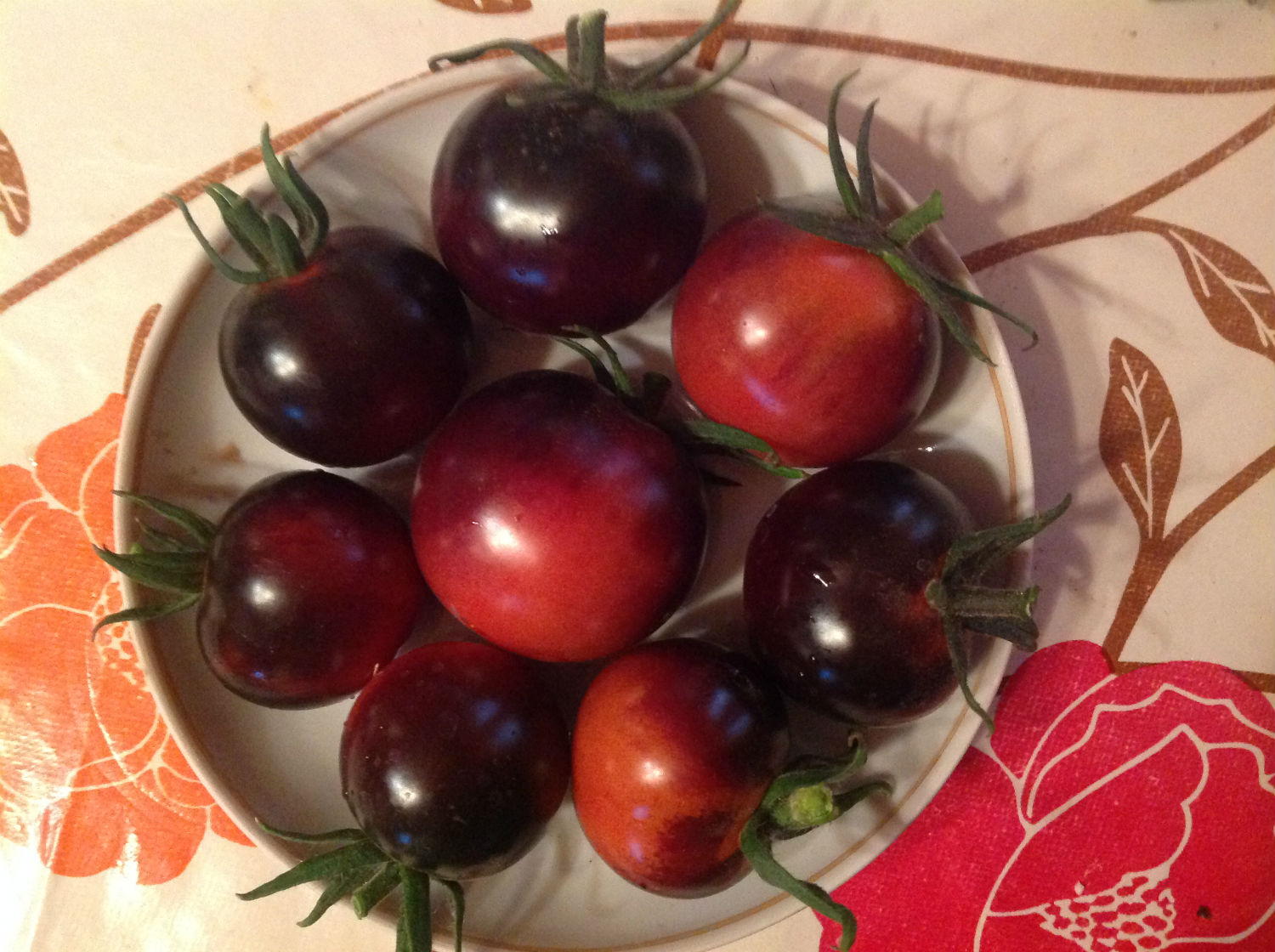Content:
Tomato Dobrynya Nikitich belongs to those domestic varieties that have mostly positive reviews. It was created in the 21st century by Russian breeders for cultivation in a greenhouse or outdoors. Considering that the weather is not the same in different regions of the country, it is not always possible to grow a good harvest of the same variety. This does not apply to the universal tomato variety Dobrynya, because it ripens successfully both in central Russia and in the southern regions. With proper adherence to agricultural technology in greenhouse conditions, you can harvest these tomatoes all year round.
Characteristics and description of the tomato variety Dobrynya Nikitich
Dobrynya tomatoes belong to mid-season varieties, the period of their ripening from the moment of sowing to full ripening lasts 110-115 days. The height of an adult plant can reach 1.5-2 meters. Being a hybrid, F1 has no modifications of its variety. Bushes at this height grow quite luxuriantly, which does not allow planting more than 3-4 seedlings per 1 square meter.
The Dobrynya tomato variety is high-yielding, reaching up to 10-15 kilograms from 1 square meter. Light green leaves, medium in size, darken and slightly elongate as they mature. The inflorescences on the bushes are intermediate. The fruits grow large, outwardly flattened, with a ribbed surface. Fruit weight can reach 200-300 grams. But some gardeners received copies up to 500-600 grams. Adult tomatoes take on a pale pink color. But the main distinguishing feature of these tomatoes is their unique taste with a slight sourness. Thin peel does not allow them to be stored for a long time, so they are only suitable for salads, juice and other tomato products. Unfortunately, they are not suitable for canning either. But the wonderful taste fully compensates for this disadvantage.
Growing secrets
To achieve a high yield of this variety, it is necessary to correctly distribute all actions from the moment of sowing to the collection of the grown tomatoes.
Sowing
Sowing seeds to get full seedlings should be from March 1 to 10. The capacity must be at least 10 × 10 centimeters. It is necessary to dive seedlings after the appearance of 2 full-fledged leaves. After 65 days, that is, at the beginning of May, the seedlings can be planted in open ground. The distance between them and the rows should be 50x50 centimeters.
Planting site and soil
All tomatoes are heat-loving and light-loving plants. Tomato Dobrynya Nikitich is no exception. For this reason, a place for planting seedlings should be chosen with good sunlight and sheltered from the winds.
The tomato grows well on loamy soils. It is recommended to plant seedlings in places where legumes and root crops grew in the previous year, but not peppers, eggplants, potatoes and physalis.
Care
It is from this time that the most important and responsible time begins, on which the success in growing the crop depends. If all agrotechnical requirements are met, then the first fruits of tomatoes will ripen by the middle of summer. During this period, it is necessary to carry out pinching to form one or two stems.Considering that the plant grows up to two meters in height, it is necessary to tie it up in time. In addition, the lower leaves must be removed in time.
Fertilizing the soil
An equally important condition for the future harvest is the timely introduction of organic fertilizers and mineral fertilizers into the soil. To do this, you need to carry out actions:
- Mulching. It is carried out regularly from the first for planting plants in the ground. As mulch, you can use straw, sawdust, peat, chopped needles, compost or humus. The main thing is that the mulch is fine, after it dries it will make it possible to mix it with the soil. Then it will serve as a fertilizer. The mulching layer should not be thicker than 3 centimeters;
- Mineral fertilizers. Carry out at least three times during the cultivation of tomatoes. To enrich the soil, you can use both simple nitrogen minerals (urea), phosphorus (superphosphate) and potassium (potassium sulfate), and complex ones. These include Diammofoska, Ammophos, Nitroammofoska. Instructions for use are indicated on the bags;
- You can fertilize tomatoes by alternating with watering or during it (as it is convenient for anyone).
Watering mode
Regardless of whether the crop is grown in a greenhouse or in a vegetable garden, it is very important for it to follow the watering rules. Soil moisture and the absorption of nutrients by the plant are interrelated. In addition, the quality and quantity of the crop depends on this. The main thing is to learn how to water tomatoes correctly in the heat and in cool weather.
But it is important to choose the optimal mode in which watering will become the norm for tomatoes. Watering too often and plentifully leads to the fact that the fruits crack, become watery and tasteless. Excessive moisture leads to discoloration, ovaries and fruits, provokes the occurrence of fungal diseases. To prevent this, you must follow the rules:
- Water in the evening, after the heat has subsided;
- If watering is carried out in the morning, then the water temperature should be at least 20 degrees;
- Pour water at the root, avoiding it getting on the leaves to avoid burns from direct daytime sunlight. This also leads to the development of late blight;
- Do not water directly with a hose to avoid blurring the roots;
- On a cloudy day, you can water at any time.
The easiest way to determine if your tomatoes need watering is through a simple inspection. If there is little moisture, the leaves are too dark, which means that they can dry out in the heat, it is urgent to water.
The use of all methods and ways of caring for a tomato Dobrynya Nikitich can provide an excellent harvest.
Advantages and disadvantages of the variety
The variety has a lot of positive characteristics: large-fruited and high yield, high taste, increased resistance to fungal diseases. This favorably distinguishes it among its relatives. There are also disadvantages, but they are not so significant. Tomato Dobrynya Nikitich is not stored for a long time and cannot be used in pickling and canning. These are perhaps the only drawbacks of the variety.
